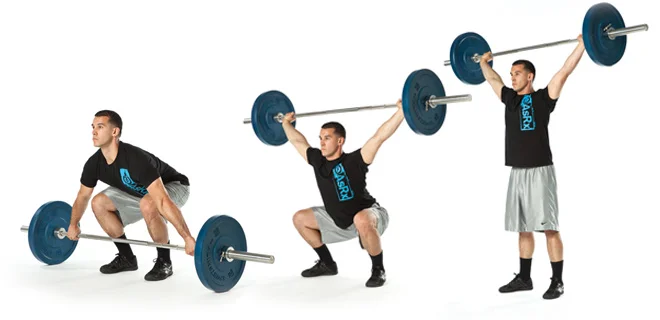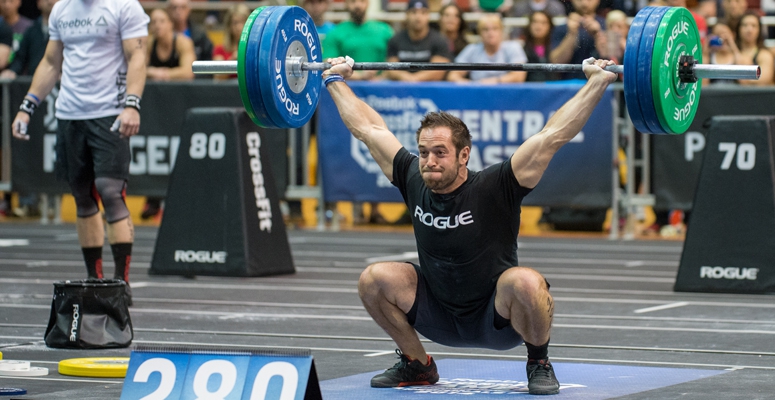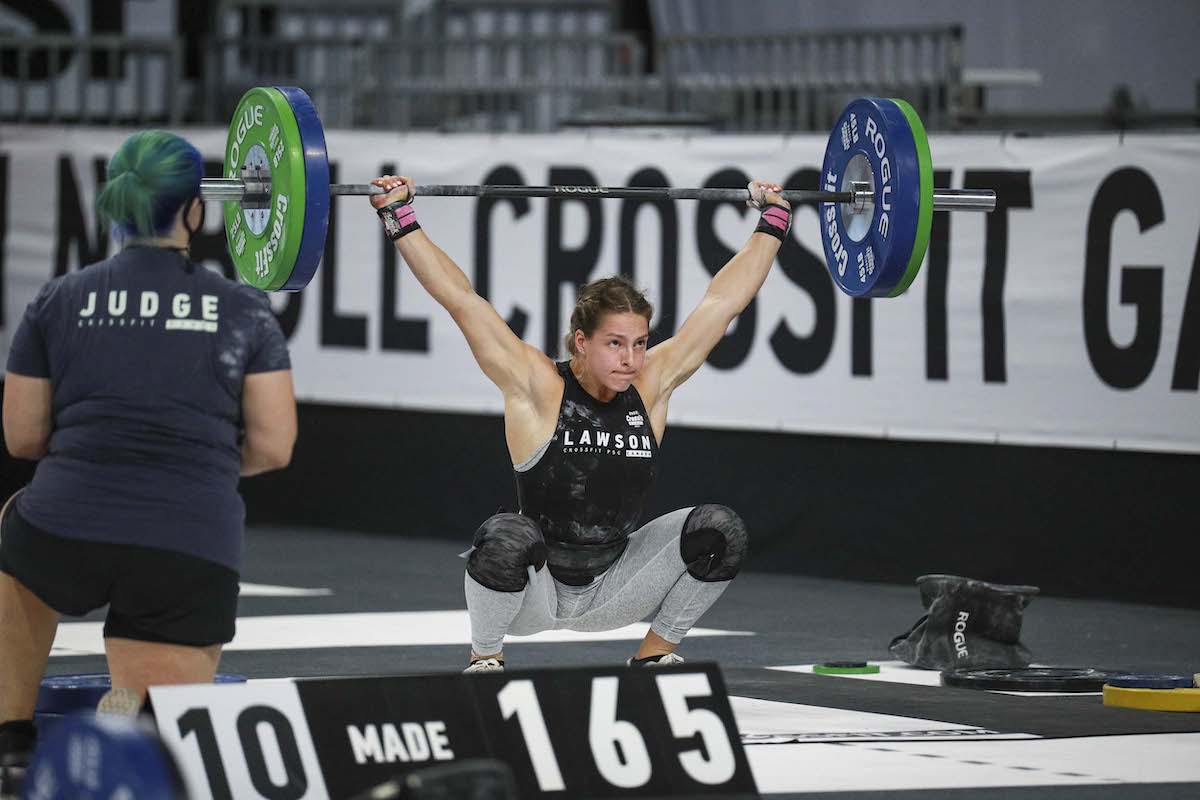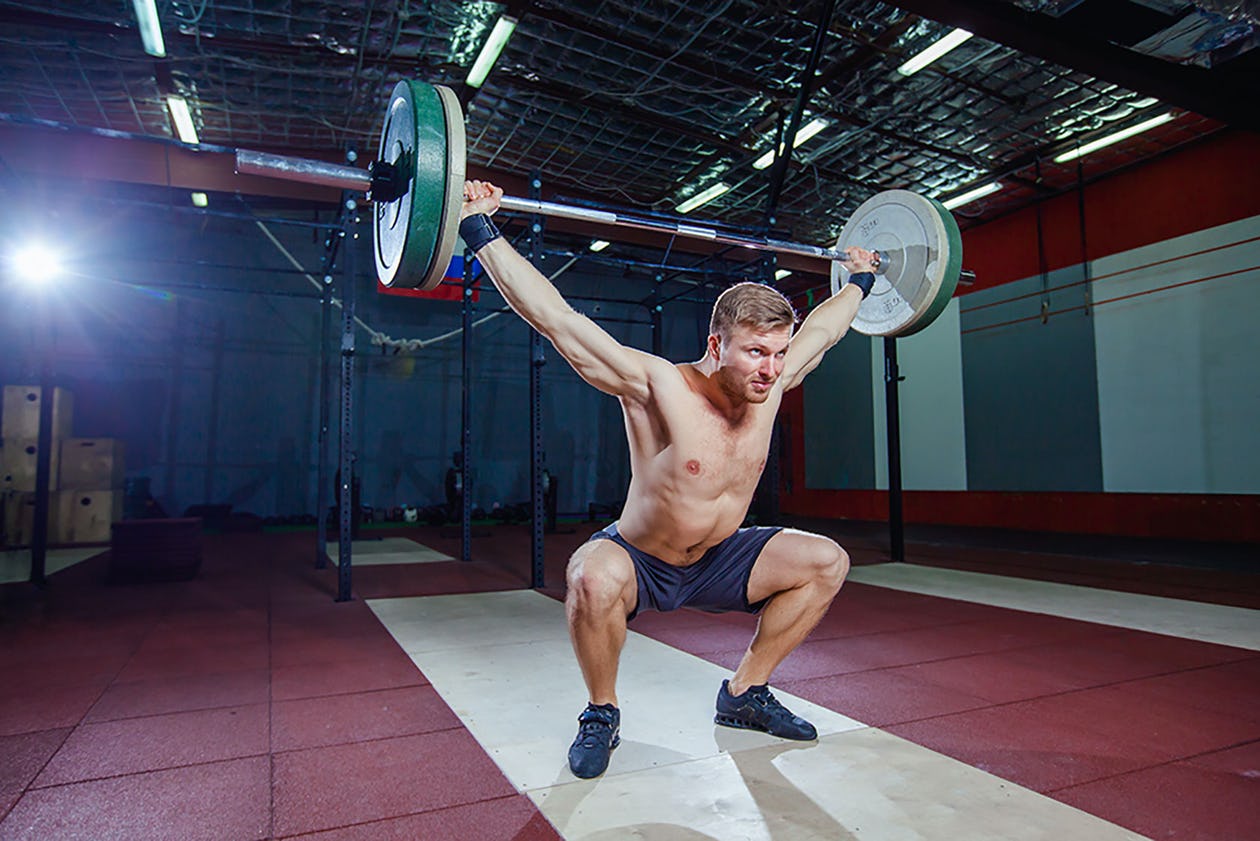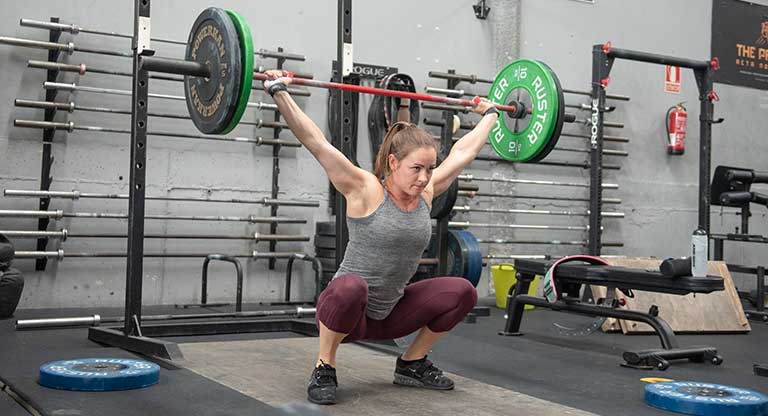What is a squat snatch CrossFit? The snatch is an everyday move that is common that is seen during Olympic lifting, CrossFit, sports performance training, and fitness. In the coaching background the word snatch full snatch, squat the snatch, or power snatch might not be understood by some lifters or athletes. So, in this article, we will define what a squat snatch actually is and how it differs from a power snatch (and the full snatch and full snatch).
Although the term “snatch” typically means that the lifter is receiving the barbell in the complete squat position Some athletes and coaches will refer to it in the form of “squat the snatch” (also known as a full snatch). Squat snatch can be described as more different than a snatch however, some functional fitness workouts will include “squat” to help clarify. Here is an exercise example of a complete snatch often referred to as the squat snatch.
What is a Snatch To Do in CrossFit?
Squat snatch term is an all-body explosive barbell workout. The lifter moves the barbell off the ground to an elevated bar overhead squat position in a single swift movement.
The snatch does not count as one of the nine fundamental CrossFit moves.
Snatches as well as their variations can be found throughout the entire spectrum of CrossFit such as metabolic conditioning workouts and strength-training workouts that are standalone hero workouts, as well as during competition sessions at the CrossFit open as well as at the CrossFit games.
The standard snatch is done using a loaded barbell. Snatch variations can be performed using kettlebells, dumbbell snatch, or even the use of a PVC pipe.
Snatches are among the two routines that are performed as part of Olympic weightlifting. Alongside exercises like the exercise of the clean and the jerk exercises, competitors have three attempts to reach a one-repetition maximum for each lift. The sum of their scores is their Olympic total.’
The Benefits of the Snatch
The snatch is a lot different from exercises like the hamstring curl or the bicep curl, which engage only one muscle group at a time. “The snatch is a complex and dynamic move that involves nearly every muscle group throughout your body,” says USA kettlebell coach, weightlifter as well as personal fitness instructor Rebecca Rouse. Yes, throwing the weight from the ground upwards over your head can work your quads, hamstrings, glutes, calves and traps shoulders, triceps and shoulders forearms, biceps, as well as your entire core.
“The exercise requires a lot of stability, so your core must be in overdrive to ensure you stay balanced and in control as you shift your weight,” Wickham says. Wickham. Beyond the simple task of shaping six-pack abs and thighs, a solid core is vital to maintaining a proper posture and balance. It is also important to allow you to lift and throw and kick, punch, and punch with force and speed.
Rouse says that since the snatch could create muscle mass similar to other exercises for resistance, consistently including the movement in your routine could boost metabolic rate. What about a higher metabolism? This means you burn more calories during and outside of the exercise.
“The snatch is also a great way to develop strength, explosiveness acceleration, body awareness, and coordination,” she says. You’ve been exposed to Plyometric exercises you know? This is one of the most effective. “Just consider how strong your legs must be, and how fast you need to move in order to raise an enormous barbell up,” explains Wickham.
Although Wickham states that the snatch requires some flexibility as a prerequisite and that is why practicing the snatch (even using a PVC pipe or Broomstick) can improve the flexibility of your ankles, and the thoracic spine hips, shoulders, and shoulders. “You must move each muscle to its full range of movement (or the maximum distance that the joint can go moving) using a barbell squat snatch that is great to improve the mobility of your joints,” he says.
What is a Hang Snatch vs. a Full Snatch in CrossFit?
Beyond changing the weights you’re using and also where the you “catch” your weight and where you “catch” it, in CrossFit, you are also able to switch between where the rep begins–that’s the reason why the words “hang the snatch” as well as “full snatch” come into play.
While a full snatch requires the bar to be lowered from the ground, a hang snatch starts an exercise with the weight placed between your knee and your hip according to Milgram. The barbell snatch described above is a full-power snatch. If you began the movement in mid-thigh (rather than on the floor) as well as “caught” it during the quarter squat, it could be considered a hanging power snatch.
What’s the distinction? “In Hang Snatch there is less time to speed up the bar prior to raising it above the ceiling and you must focus on the hip’s explosiveness,” says Milgram. Also, the movie is more rapid. “In CrossFit, hang snatches are often seen in workouts by using lighter weights, so you can quickly move the bar and also increase your cardiovascular rate,” He says.
Full snatchers however allow you to have more space to speed up the bar. As a result “most people can lift more weight using the full snatch” Milgram says. Milgram. “In CrossFit, full snatches are the most common type of snatch used during the portion that involves weightlifting where the aim is to be able to lift heavy weights,” he says.
How To Perform Snatch
Doing a CrossFit snatch can be difficult. No matter what your experience in fitness, they’re an advanced exercise in functional fitness which should be learned using lighter weights at first.
Due to the tremendous degree of coordination, balance, and strength that is required, some coaches liken them to “doing gymnastics” using the barbell.
This is a rundown of the three positions you’ll need to master starting, pulling, and catch/finish.
Start
- Feet Begin with your feet spread shoulder-width apart.
- Hand position A wide grip on the bar. Based on the length of your arm the hands could be just a little before or perhaps slightly above the second knurling of the standard barbell.
One way to determine the maximum width is to lift a barbell that is empty up. Choose a hand position that puts the bar in the hip’s crease when you stand.
- Grip Utilize the hook grip. For a newbie, it could be painful, but you can fight through this or use the back of a PVC pipe to get your thumbs familiar with it. It’s a must at higher weights.
- Body Start by taking a drop into the start position for a snatch-grip deadlift with weight placed in your heels. Your shoulders are slightly the bar’s front. A flat rear, proud chest with active shoulders.
Pull
To begin the snatch pull, follow these steps:
- Lift your shoulders and hips simultaneously.
- After the bar has cleared your knees, you can extend your hips with aplomb.
- As your knees and hips expand, you can stand with your heels. When you are lifting the heavier loads, the feet are likely to be lifted off the ground.
- The shoulders shrug and the arms draw your body under the bar.
Catch/Finish
- Find the bar in the center of the overhead squat.
- Lockout shoulders and activate shoulders. arms
- Bar that is placed over the head’s crown
- The body’s weight is distributed and balanced throughout the heels.
To Conclude:
- You can drive through your heels and stand up to the highest point of an overhead squat.
- After every exercise, you complete each rep, after each rep, pull after each rep, and pull your body off the bar, allowing it to fall to the hang position or even to the ground (if the bumper plate is used).
Be sure to learn to snatch snatches from CrossFit with a barbell empty or PVC pipe before you start.
It may also be beneficial to utilize dummy weights in order to aid in practicing from the right starting position.
If you don’t own those then start by placing the bar near the mid-shin (where it’s a good idea to use weights) for every rep, instead of starting from the floor.
How to Program the Squat Snatch Against the Power Snatches
The majority of the time, Olympic weightlifters will refer to these two actions as the snatch (which entails lifting a person to perform a snatch to a squatted position) in addition to the power snatch. The power snatch is utilized to create the above-mentioned differences and/or allow for greater quantities of power without having to carry a heavier workload (as the majority of weightlifters who are trained can’t power snatches as far as they are able to snatch an entire squat).
For general fitness and certain WODs Squat snatches could be used to explain to the lifter why they are not able to power snatch during the workout, which increases the difficulty and lower body requirements of the session.
How to incorporate the Snatch into your training
Take a barbell that is empty (or PVC pipe) and begin to practice using very light or no weight, using good posture. Be patient with yourself! “It’s an extremely technical process that you could go through your entire life trying to get better day by day, week by week, and year by year and still need to work on,” Wickham says. Wickham. “It’s hard, no doubt but that’s the reason it’s enjoyable.”
F.A.Q. Squat Snatch Crossfit
What is a snatch in CrossFit?
The snatch is an action that involves throwing a weight from the ground and over the head in a single fluid movement. It’s a tough move and requires plenty of practice in order to master. However, it has many great benefits that are a result of its strength and flexibility.
What is the difference between a power snatch and a squat snatch?
The squat toss (also commonly referred to as a”snatch”) is a much more complicated move than the power-snatch one that requires more timing mobility, speed, and time to build.
Why is squat snatch so hard?
It doesn’t just change in its movement, but it is also changing in the rate and the rhythm. When you go through the different phases in Power Snatch in the Power Snatch technique, you will notice that there are different rates of execution for each phase. Therefore, these shifts in speeds and the rhythms required to execute it make it more complex and makes it more difficult.

